Application Form Samples
-
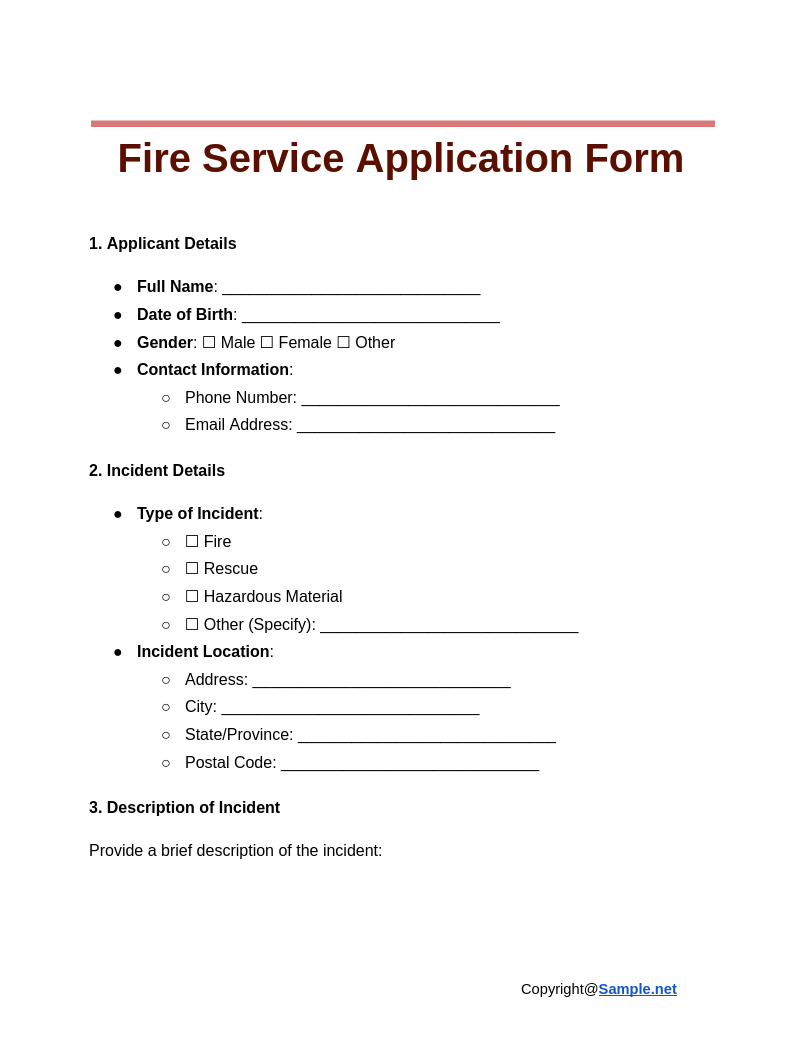
Fire Service Application Form
download now -
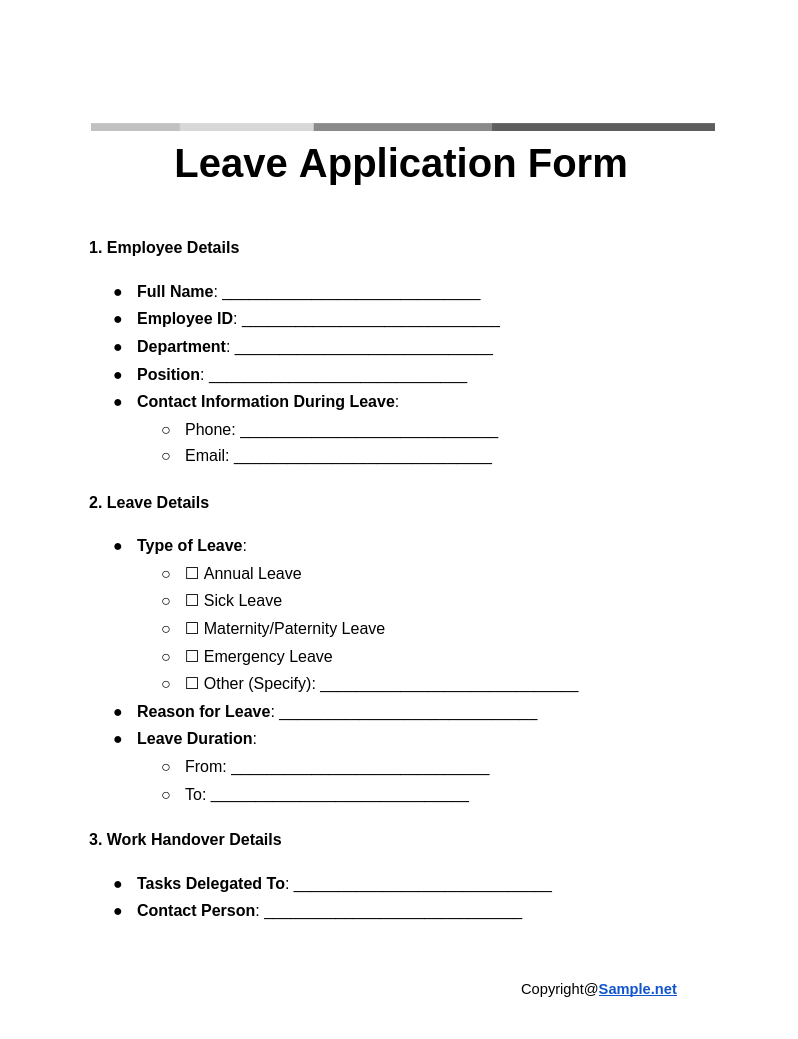
Leave Application Form
download now -
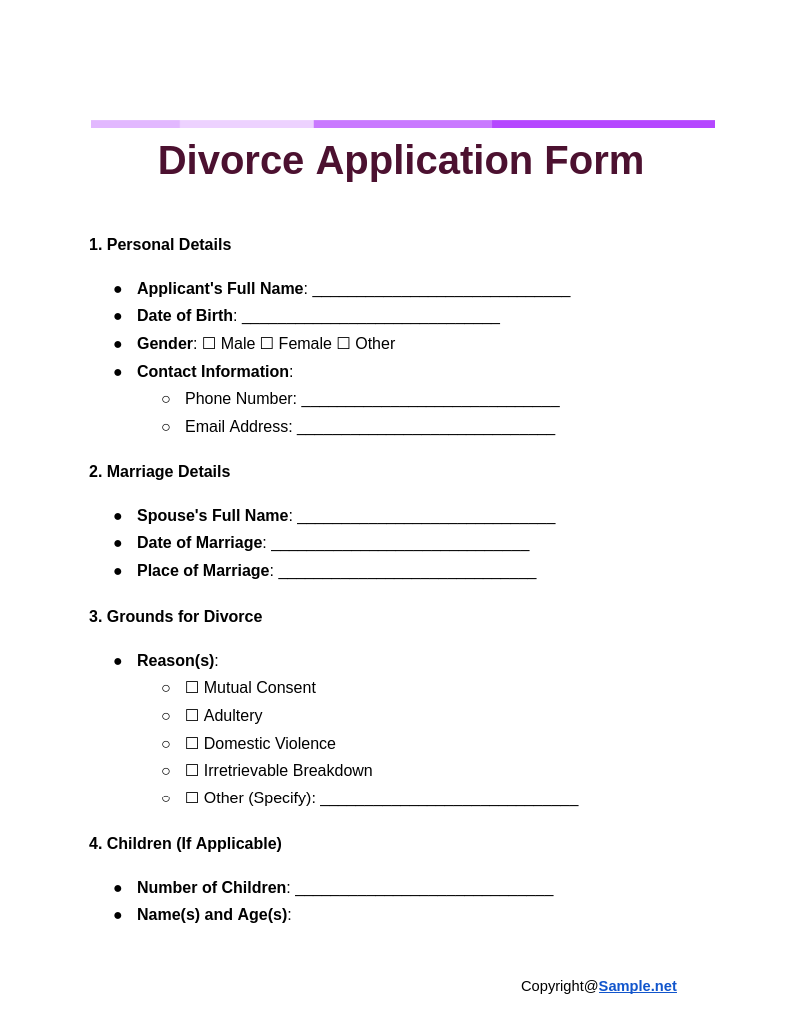
Divorce Application Form
download now -
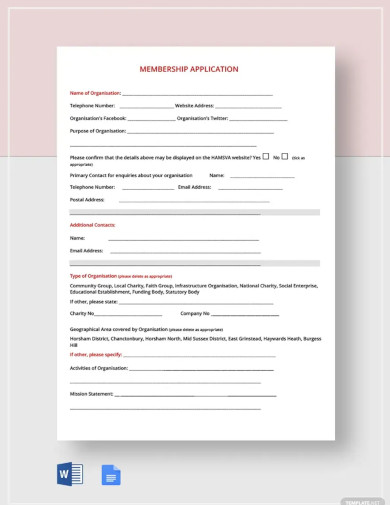
Membership Application Form Template
download now -
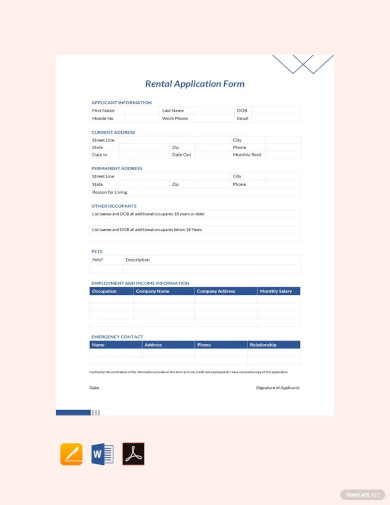
Rental Application Form Template
download now -
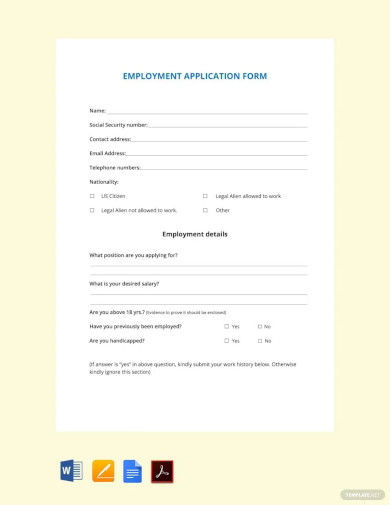
Sample Employment Application Form Template
download now -
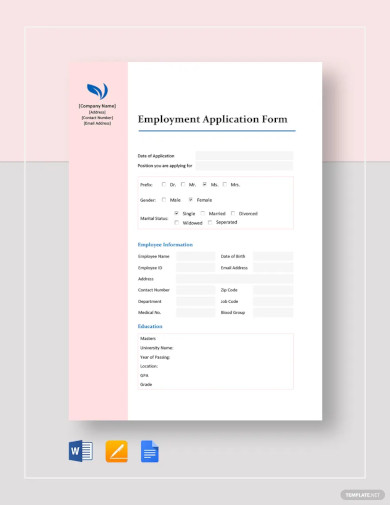
Basic Employment Application Form Template
download now -
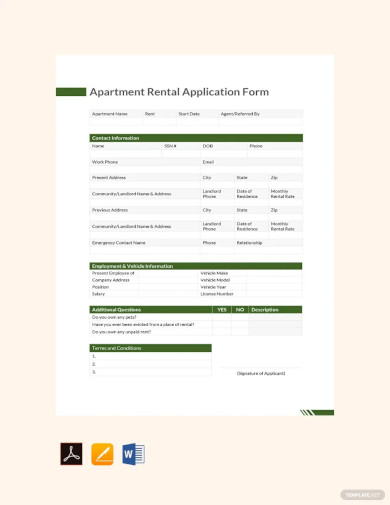
Apartment Rental Application Form Template
download now -
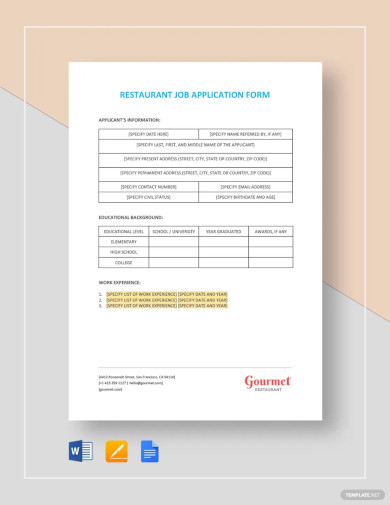
Restaurant Job Application Form Template
download now -
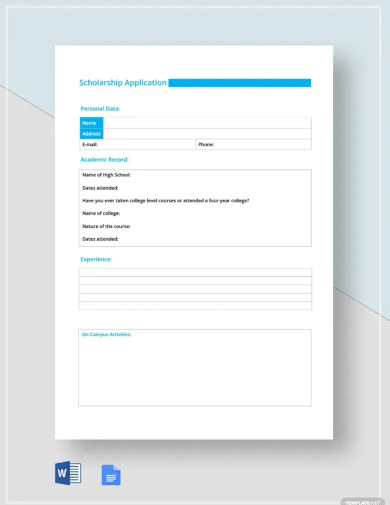
Scholarship Application Form Template
download now -
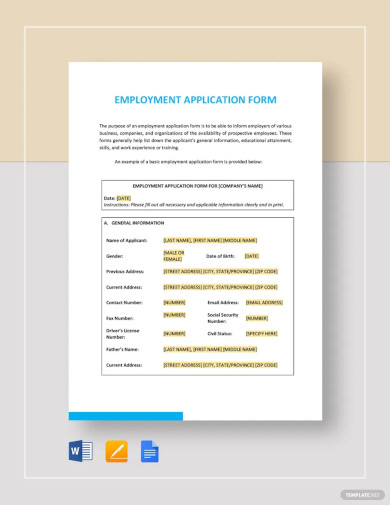
Employment Application Form Template
download now -
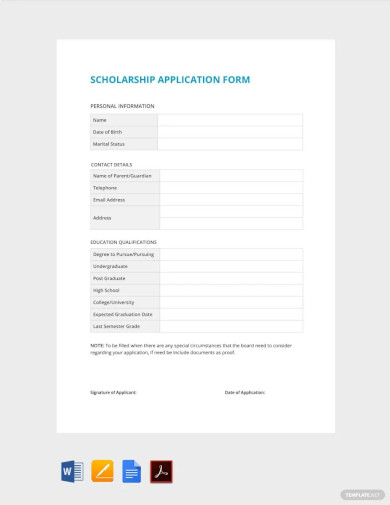
Sample Scholarship Application Form Template
download now -
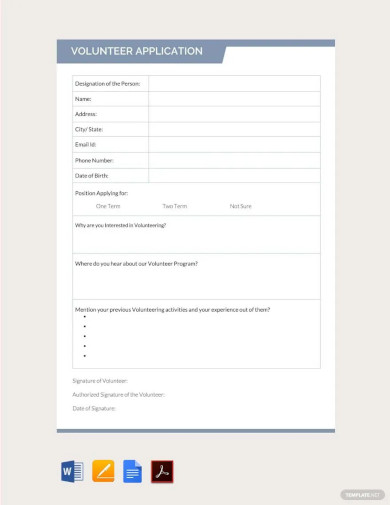
Volunteer Application Form Template
download now -
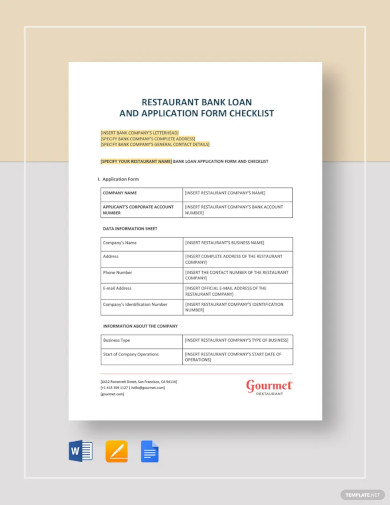
Restaurant Bank Loan and Application Form Checklist Template
download now -
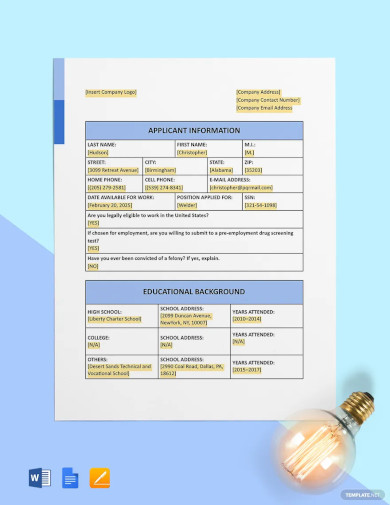
Construction Application Form Template
download now -
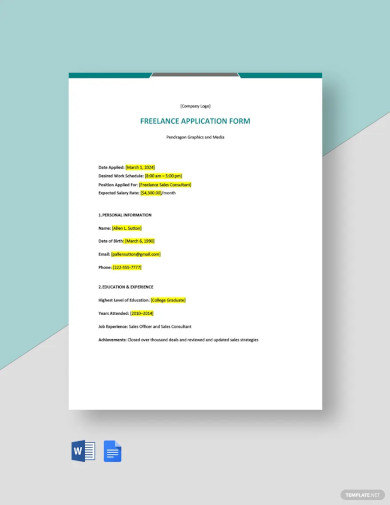
Freelance Application Form Template
download now -
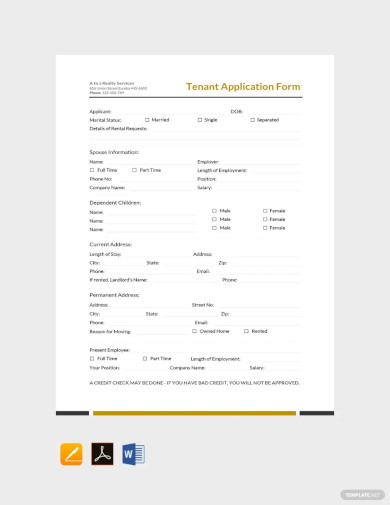
Tenant Application Form Template
download now -
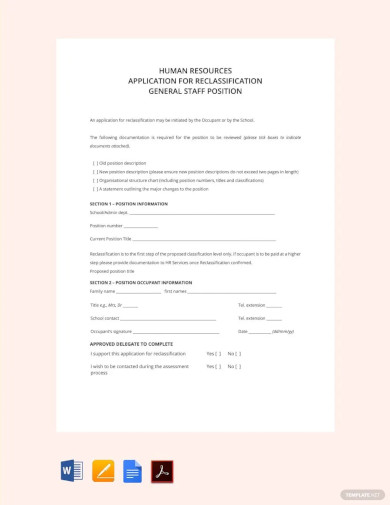
HR Application Form for Reclassification Template
download now -
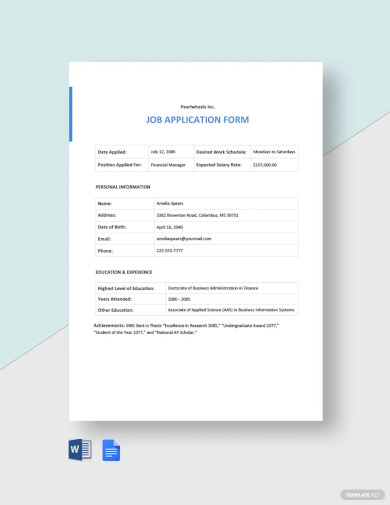
Startup Application Form Template
download now -
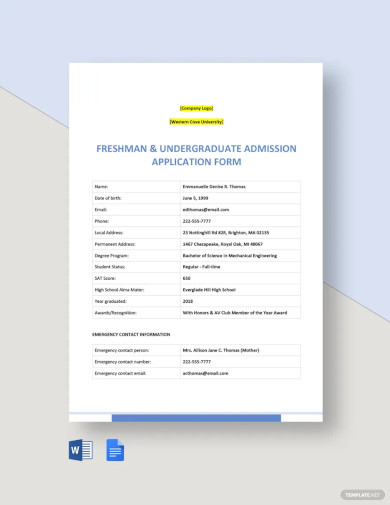
University Application Form Template
download now -
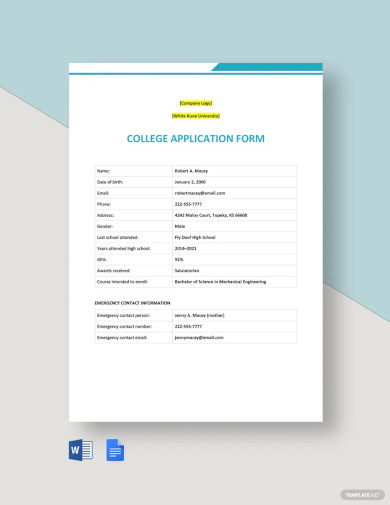
College Application Form Template
download now -
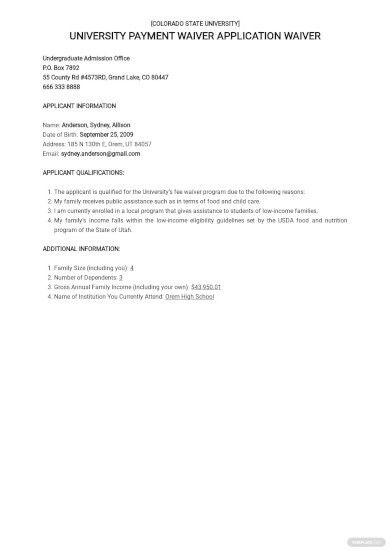
Payment Waiver Application Form Template
download now -

Bank Loan Application Form and Checklist for Restaurant Template
download now -
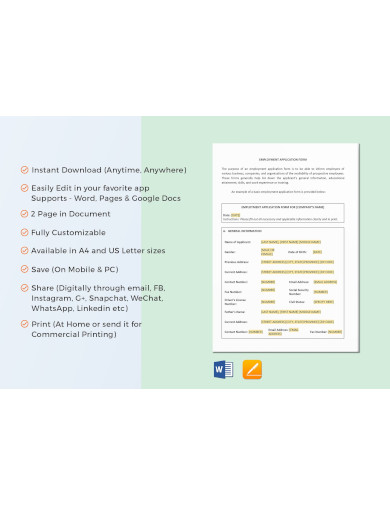
General Employment Application Form Template
download now -
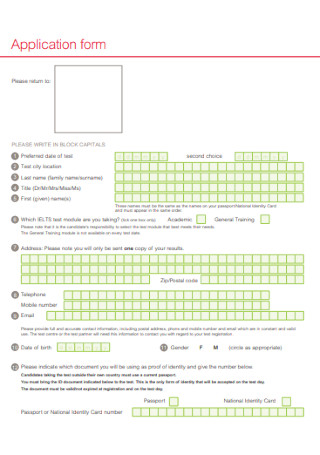
Sample Application Form Template
download now -

Individual Application Form
download now -
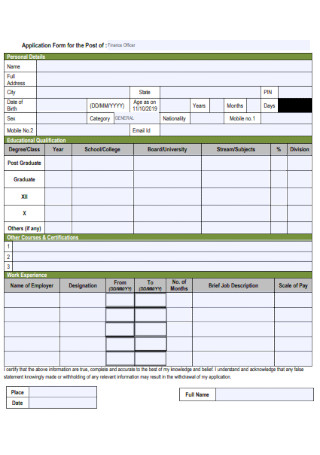
Application Form for Post
download now -
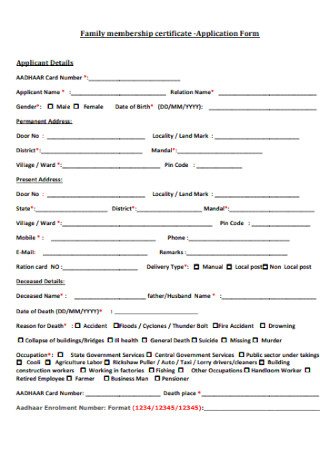
Family Certificate Application Form
download now -
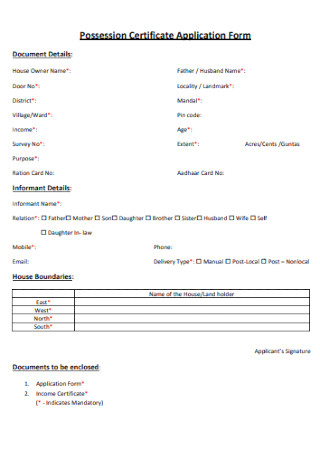
Possession Certificate Application Form
download now -
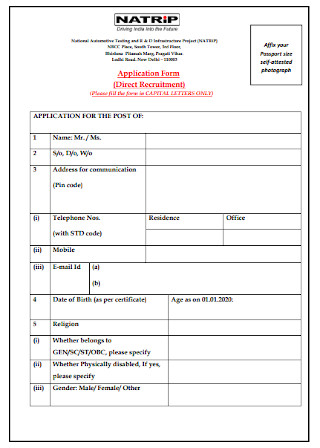
Direct Recruitment Application Form
download now -
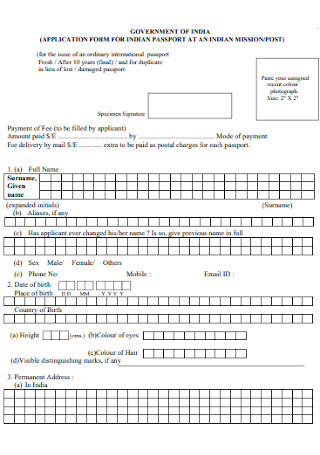
Application Form for Passport
download now -
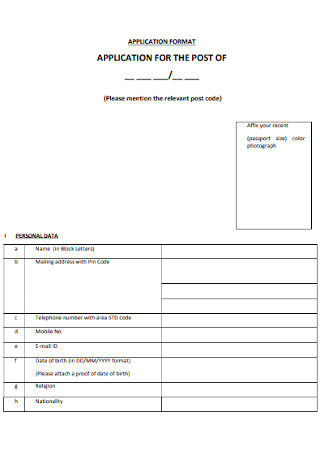
Application Form Format
download now -
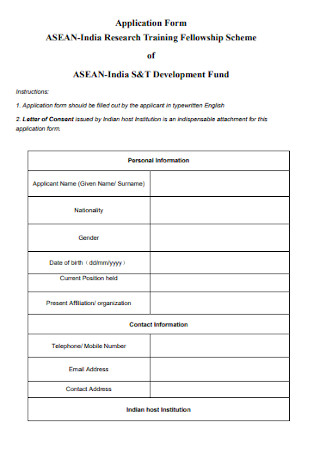
Research Training Application Form
download now -
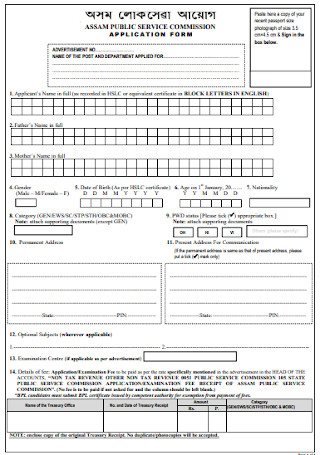
Public Service Commission Application Form
download now -
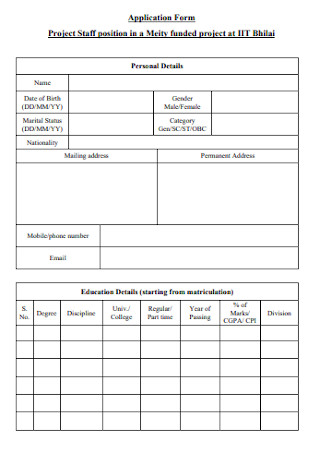
Project Application Form
download now -
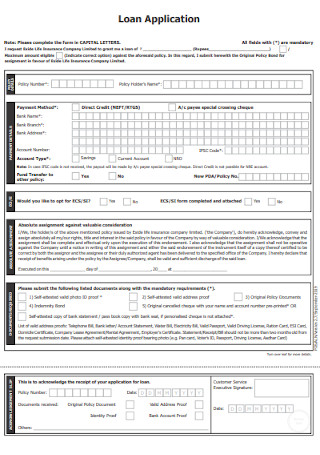
Loan Application Form
download now -
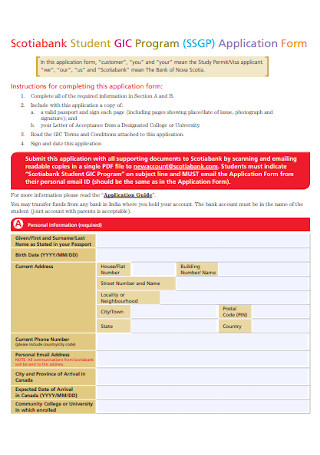
Student Program Application Form
download now -
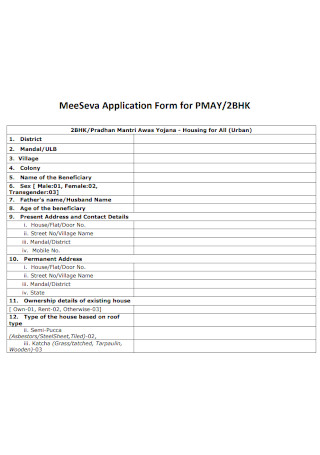
MeeSeva Application Form
download now -
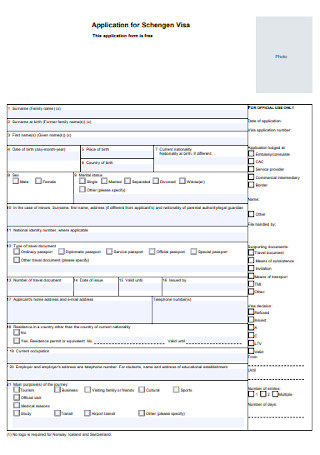
Application Form for Visa
download now -
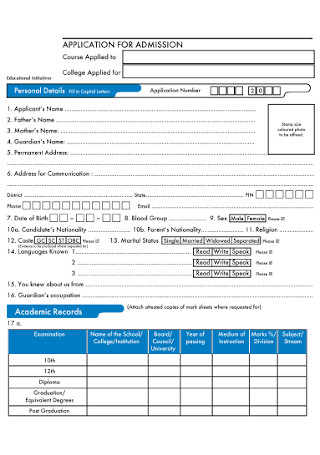
Application Form for Admission
download now -
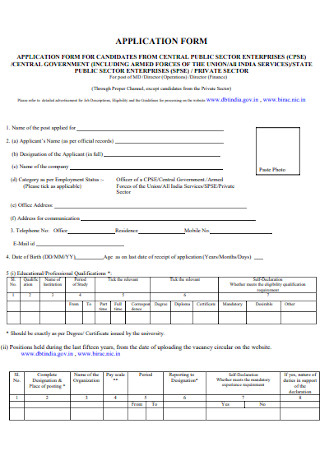
Simple Application Form Template
download now -
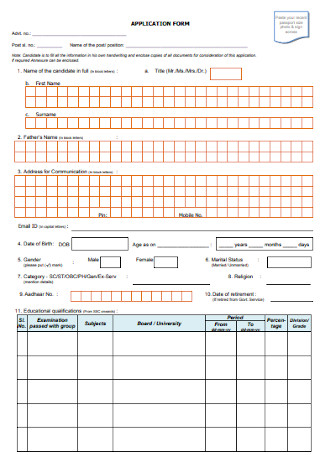
Institute Application Form
download now -
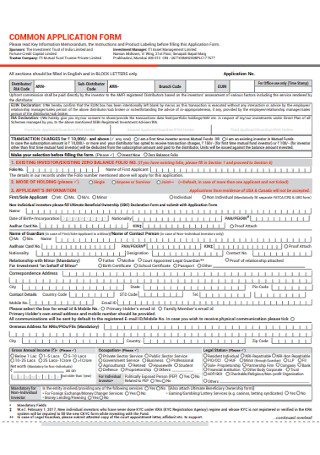
Common Application Form
download now -
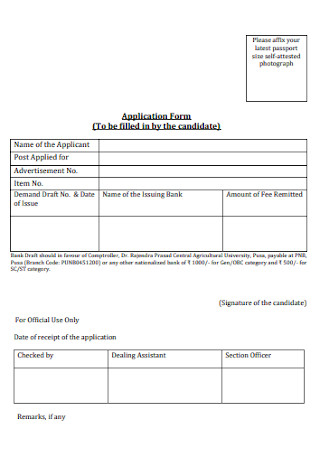
University Application Form
download now -
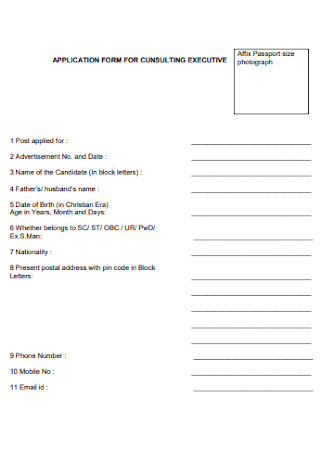
Application Form for Consulting Executive
download now -
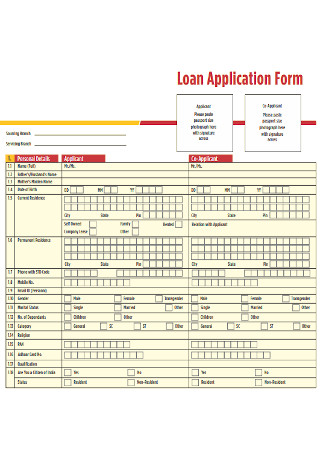
Sample Loan Application Form Template
download now -

MBBS Course Application Form
download now -
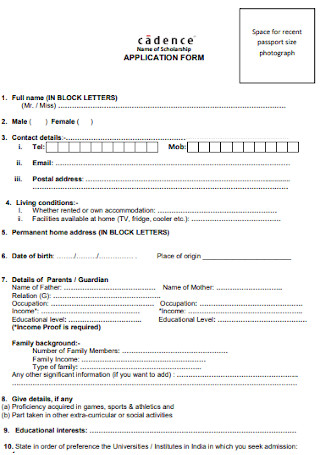
Name of Scholarship Application Form
download now -
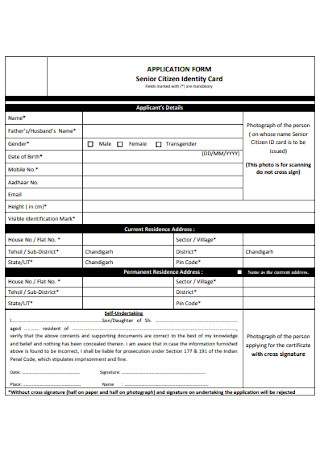
Senior Citizen ID Application Form
download now -
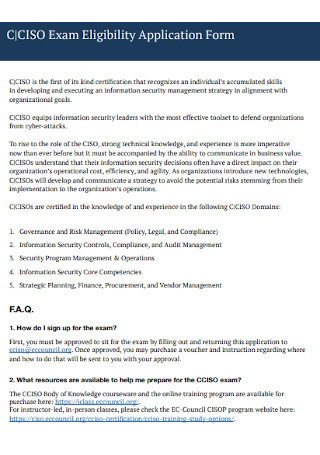
Exam Eligibility Application Form
download now -
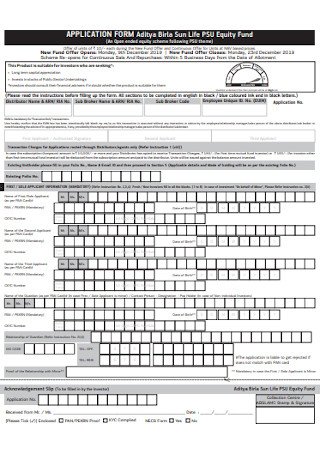
Mutual Funds Application Form
download now -
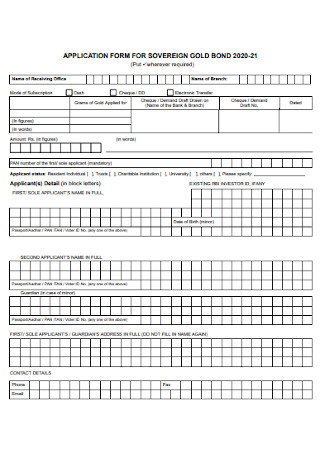
Application Form for Gold Bond
download now -
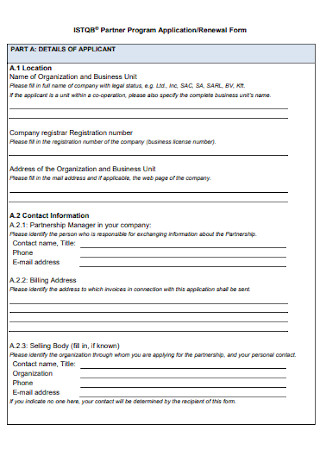
Application and Renewal Form
download now -
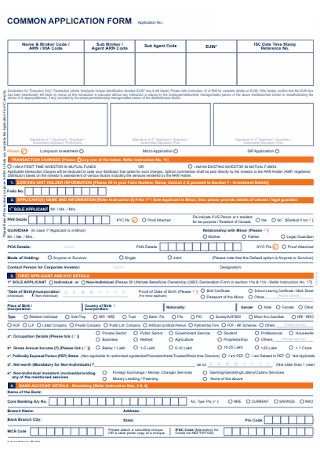
Basic Common Application Form
download now -
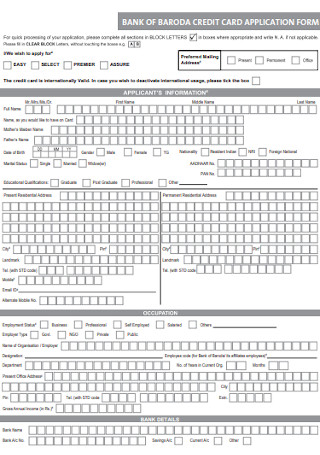
Bank Credit Card Application Form
download now -
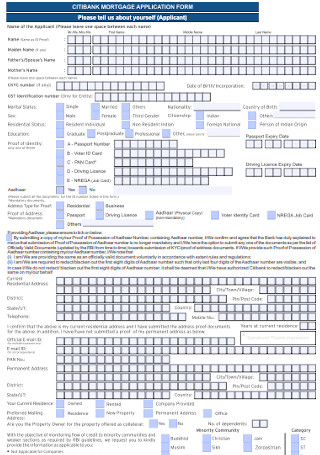
Bank Application Form Example
download now -

Vehicle Loan Application Form
download now -
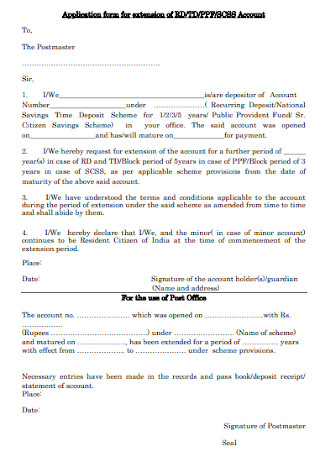
Account Application Form
download now -

Driving License Application Form
download now -
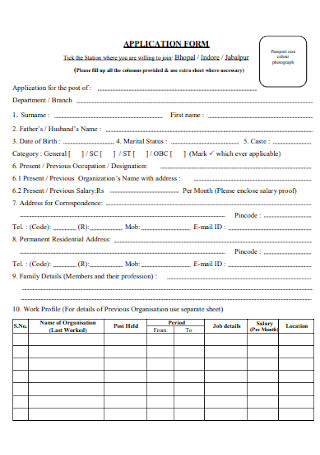
Standard Application Form Template
download now -
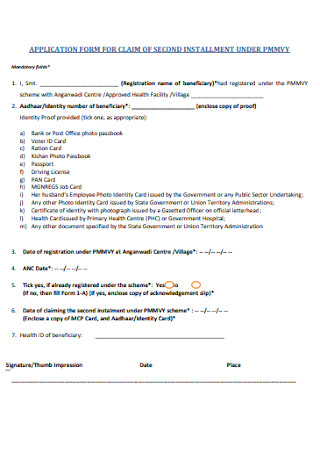
Application Form for Claim
download now -
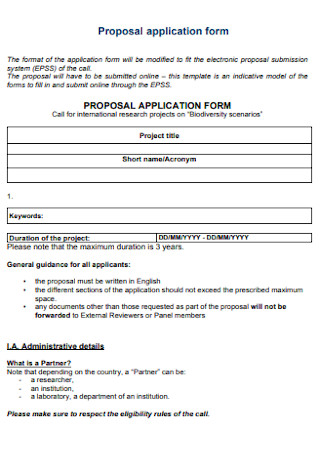
Proposal Application Form
download now -
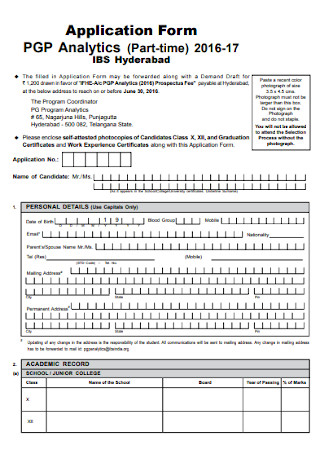
Business School Application Form
download now -

Formal Application Form Template
download now -
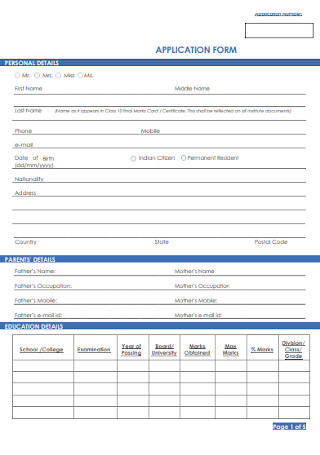
Personal Application Form
download now -
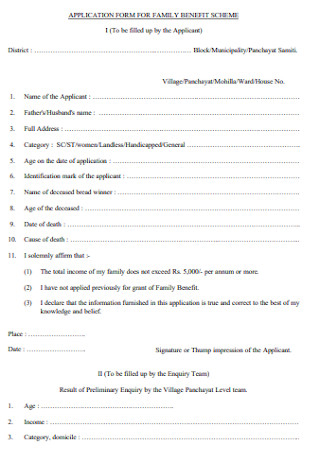
Application Form for Family Scheme
download now -
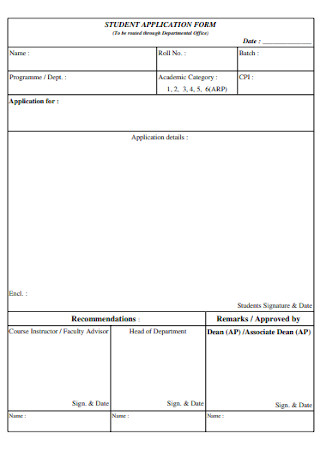
Student Application Form Template
download now -
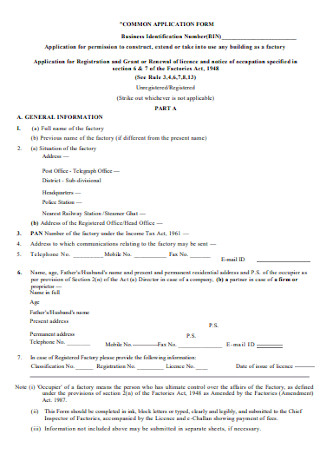
Business Application Form
download now -
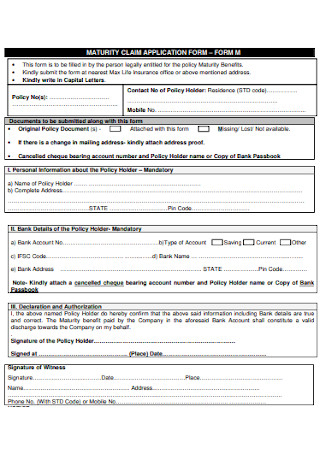
Maturity Claim Application Form
download now -
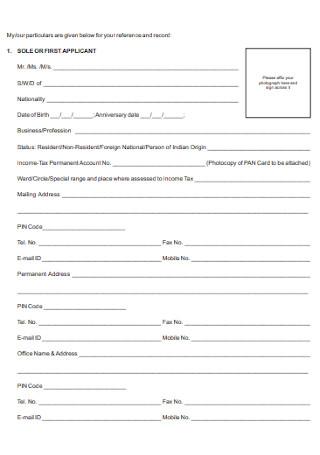
First Application Form
download now -
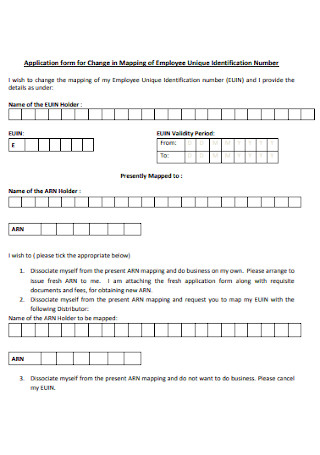
Employee Identification Application Form
download now -

Application Form for Enrollment Template
download now -
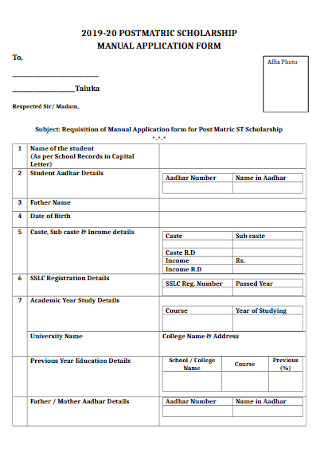
Manual Application Form
download now -
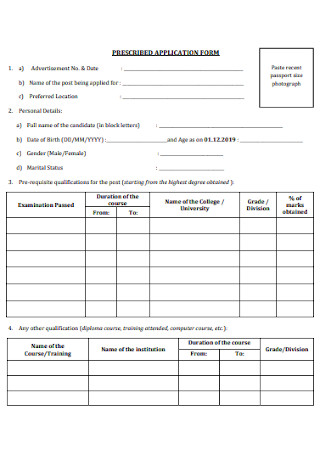
Prescribed Application Form
download now -
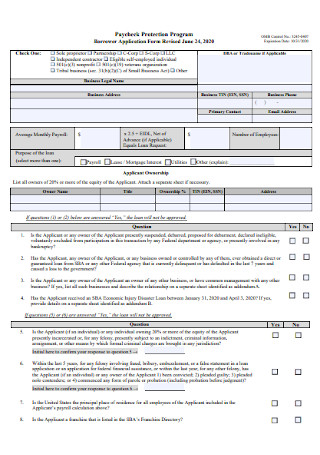
Borrower Application Form
download now
FREE Application Form s to Download
Application Form Format
Application Form Samples
What is an Application Form?
Apply Now: Examples of Application Forms
How to Make Excellent Application Forms
FAQs
What are the types of application forms?
How do applicants submit their application forms?
What abilities or skills are evaluated in application forms?
How does an application form benefit organizations?
What are the challenges in designing an application form?
What are best practices for designing effective application forms?
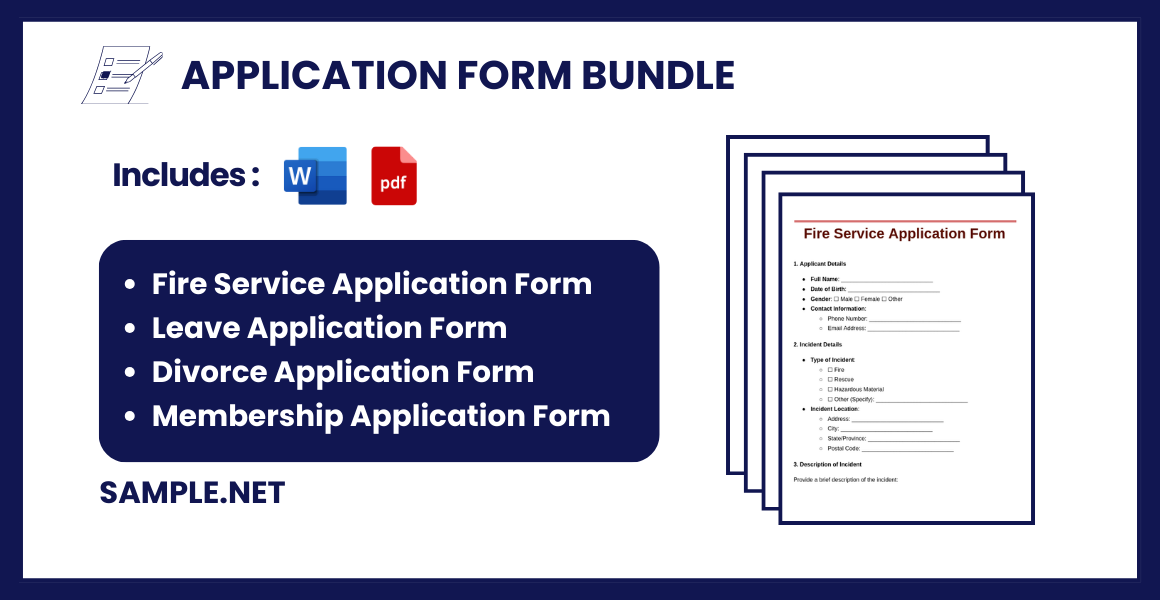
Download Application Form Bundle
Application Form Format
1. Personal Information
- Full Name: _____________________________
- Date of Birth: _____________________________
- Gender: ☐ Male ☐ Female ☐ Other
- Nationality: _____________________________
- Address:
- Street: _____________________________
- City: _____________________________
- State/Province: _____________________________
- Postal Code: _____________________________
- Country: _____________________________
- Contact Details:
- Phone Number: _____________________________
- Email Address: _____________________________
2. Educational Background
| Qualification | Institution Name | Year of Completion | Grade/Percentage |
|---|---|---|---|
| High School | ____________________ | __________ | __________ |
| Bachelor’s Degree | ____________________ | __________ | __________ |
| Master’s Degree | ____________________ | __________ | __________ |
| Other | ____________________ | __________ | __________ |
3. Work Experience
| Position/Role | Company Name | Duration (From – To) | Responsibilities |
|---|---|---|---|
| ______________ | ______________ | ______________ | ______________ |
| ______________ | ______________ | ______________ | ______________ |
| ______________ | ______________ | ______________ | ______________ |
4. Skills and Competencies
- Technical Skills: _____________________________
- Languages Known: _____________________________
- Other Skills: _____________________________
5. References
| Name | Relationship | Contact Information |
|---|---|---|
| ________________ | ______________ | ______________ |
| ________________ | ______________ | ______________ |
6. Declaration
I hereby declare that the information provided above is true and accurate to the best of my knowledge.
- Signature: _____________________________
- Date: _____________________________
What is an Application Form?
An application form is a standardized document used to collect information from individuals for specific purposes such as employment, admissions, or service applications. It ensures uniformity by prompting applicants to provide necessary details in a pre-defined format, which simplifies the evaluation process. Forms may include fields for personal details, qualifications, experiences, and specific questions related to the purpose of the form. Application forms can be online or offline, offering flexibility based on the needs of the organization or individual. You can also see more on Membership Application Forms.
Apply Now: Examples of Application Forms
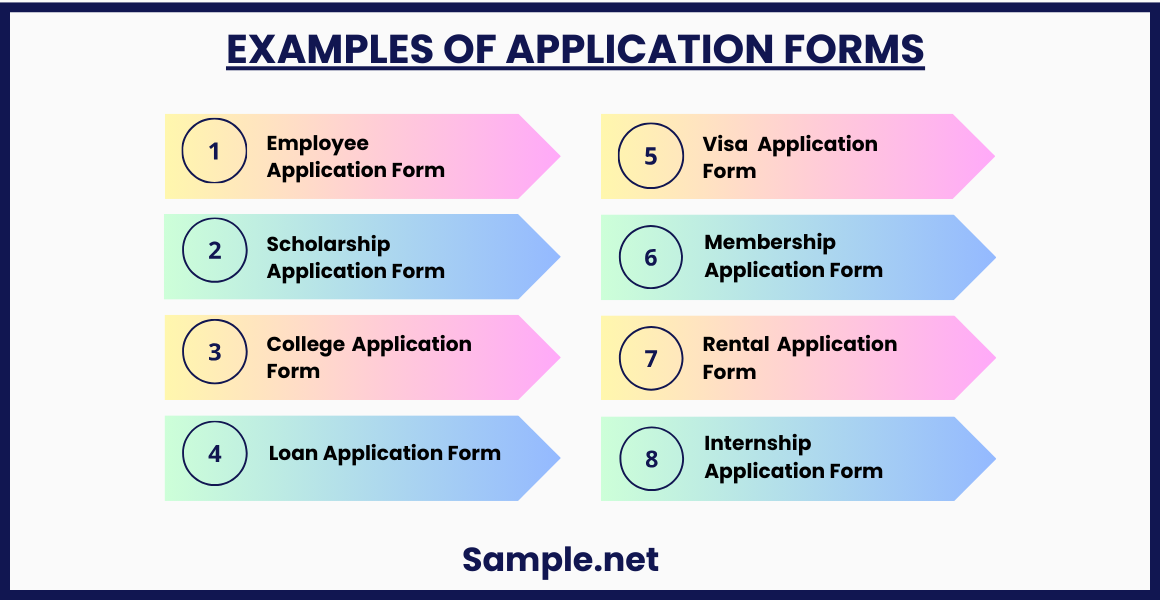
Before telling people to apply to your company now, it is essential to figure out the different examples of application forms. Also, what makes these examples similar and different from each other? In this section, we outlined some of the common types of application forms:
How to Make Excellent Application Forms
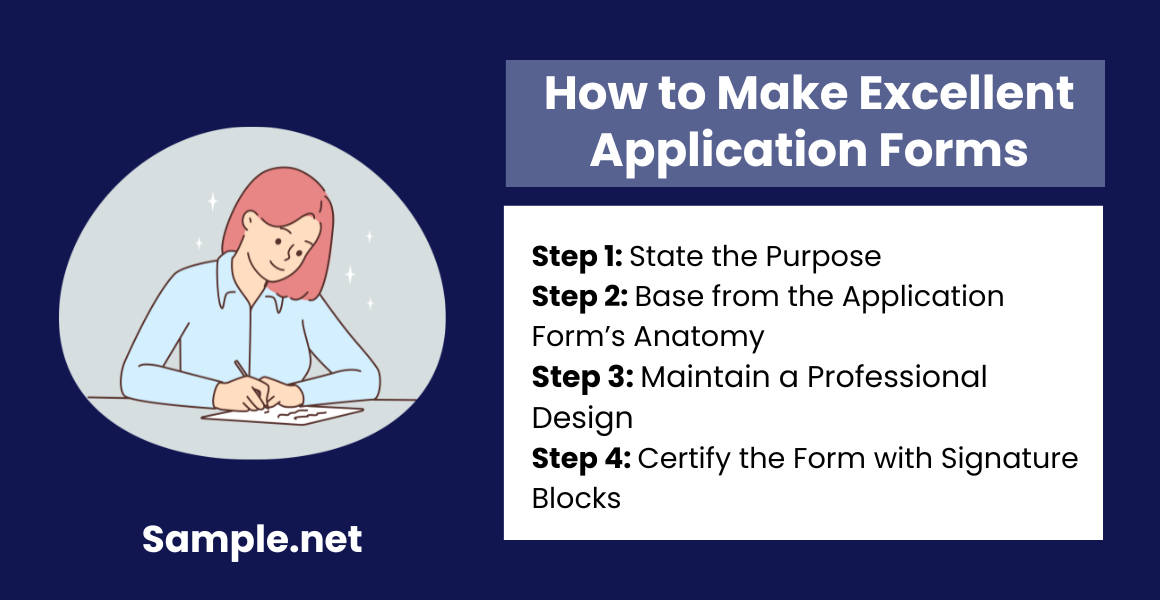
Since you already know the application form’s definition, examples, and structure, you are now ready to create the application form itself. Don’t fret because it is not as difficult as you might think. But, there are strict considerations you must follow to ensure your next applicants can depend on the professionally-made forms you create. And without further ado, here are the steps on how to make excellent application forms:
Step 1: State the Purpose
With the many examples of application forms discussed earlier, what is your form’s specific purpose? Is it a job application or a college application form? Whatever it is, input the title in the document. A brief introductory statement may help define the title even further. And to do that, think carefully about what the form is for and be in your applicant’s shoes while writing. If the message is clear, then your applicants understand what they are applying for.
Step 2: Base from the Application Form’s Anatomy
The next step involves asking the right questions. You would ask for the applicant’s name, contact number, educational details, and so forth. And don’t forget what we discussed about the application form’s anatomy—there are four categories. Hence, organize your questions by grouping them in categories, from the personal information down to the interests. But always remember, only relevant questions must be asked to keep the evaluation smooth afterward.
Step 3: Maintain a Professional Design
Design matters. And since your company offers those application forms to potential candidates, then make an impression that your brand is reputable. How do you do that? Observe impressive branding to the form’s design. That means the business name and logo should be there. Also, keep the format professional but simple. There is no need to complicate the presentation as that example will only confuse applicants. And what better way to know what professional designs look like than to check the many application form sample templates ready for download here?
Step 4: Certify the Form with Signature Blocks
Have you reviewed the spelling, grammar, and legibility of texts in the document? Errors will lessen the effectiveness of your application form, so omit those. And once you are confident that the form’s content is good enough, end the sheet with signature blocks. Certification finalizes the application form. And it takes effect once candidates sign the sheet with their printed name. Afterwhich, you may now print the form for the candidates to complete. You can also see more on Credit Application Forms.
FAQs
What are the types of application forms?
Application forms can be categorized into three types:
- Simple form – This type is widely used by businesses. And in simple forms, every sheet represents a subset of application forms.
- Composite form – Composite forms are application forms with a few or more simple forms.
- Ad hoc grid – The hybrid type is the ad hoc grid. In this example, there is no rule on how the design turns out. And there is more freedom in the layout of data.
How do applicants submit their application forms?
State in the application form the submission rules. And if you need a tip, submitting online is the most convenient. Thus, applicants need not visit your business to apply. You can also see more on Loan Application Form.
What abilities or skills are evaluated in application forms?
The abilities, skills, or factors the managers will evaluate in an application form would depend on the nature of what is being applied for. But generally, application forms test the candidate’s literacy, communication skills, literacy, and ability to follow directions.
How does an application form benefit organizations?
Application forms provide a structured way to gather data from applicants, enabling easy comparison and analysis. They save time and help maintain records for future reference, ensuring transparency and efficiency in decision-making processes. You can also see more on Employment & Job Application Form.
What are the challenges in designing an application form?
Challenges include ensuring clarity, avoiding ambiguity, and making the form visually appealing yet functional. It must balance simplicity with comprehensiveness and cater to diverse audiences.
What are best practices for designing effective application forms?
Best practices include defining clear objectives, using simple language, ensuring mobile compatibility, and regularly updating the form to meet evolving needs. Including examples or instructions can also aid users. You can also see more on Vendor Application Forms.
